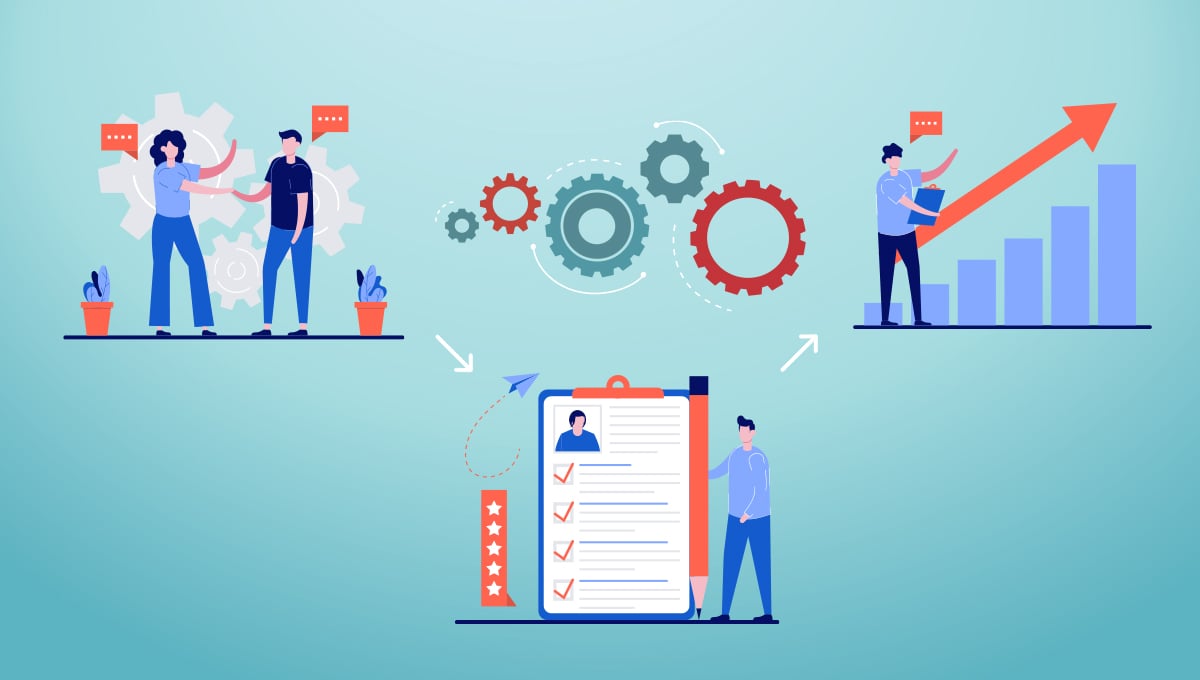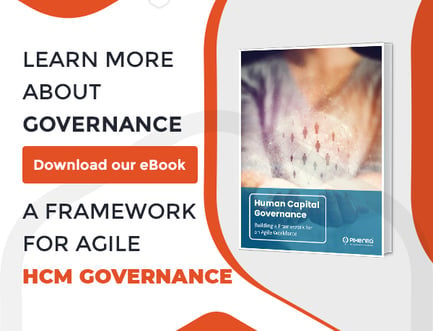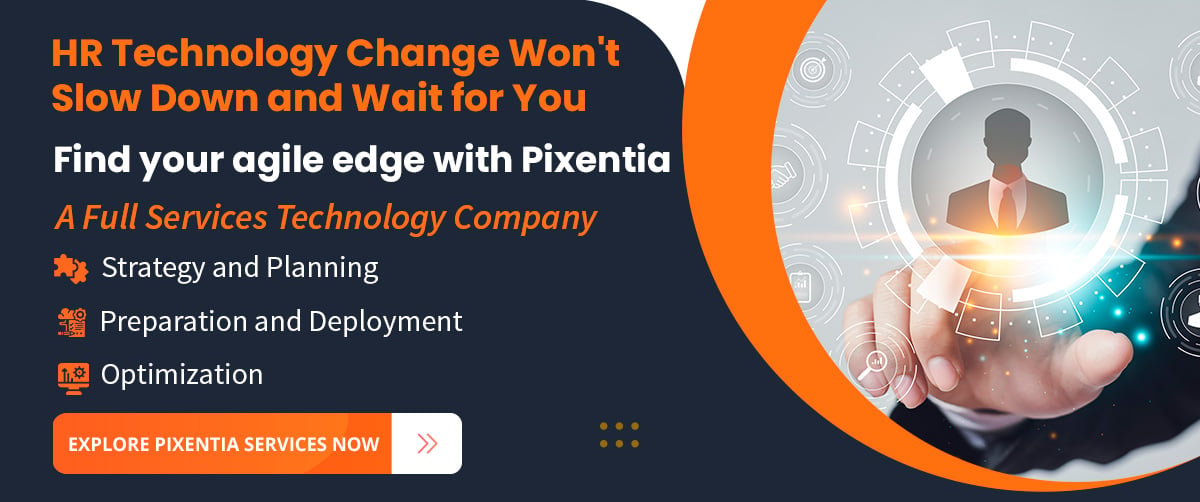
What’s in this article
What Kind of Organization Are You?
Have You Established a Governance Framework?
A successful HR software implementation doesn’t end when you flip the switch and start using it, nor is it finished when you create a plan to manage updates.
It ends when you to maximize its value for its entire life cycle beginning with-
A plan to improve how your software delivers value to your people and your business.
What kind of organization are you?
In a recent NOW Digital Meetup, Thomas Otter gave us a new perspective on how organizations manage technology and data integration.
We encourage you to view the meetup, but here’s how Otter described organizations :

- Sunflowers have a big center (IT) and small petals. They have well-managed centralized systems surrounded by smaller apps.
- Daisies have a small core (centralized data) with large petals. Applications connect with the central data core.
- The Cactus is prickly. It uses only one vendor for everything. The result is the growth of shadow IT as line managers do an end-run around rigid central management.
- Dandelions have fluffy seeds that blow away in a breeze.
These organizations jump on every new thing that pops up, with all the backlash and disruption that brings.
- Otter says cacti and dandelions should strive to become sunflowers, and daisies and sunflowers can develop into daisies.
His perspective is about how organizations like yours handle the innovation cycle.
The Software Innovation Cycle
Established vendors can find it challenging to stay on the leading edge of innovation. Small, nimble companies create new apps at a pace established companies can’t match.
When that happens, established vendors deliver additional features in their platforms in one of three ways;
- organically, within their organizations,
- integrating with innovators in a partnership, and
- acquiring innovators and partners to integrate them into their platforms.
Otter’s dandelions snap up the new apps right away. Cacti wait for their single source to deliver new features.
But most of us are somewhere in the middle. How we handle technological change and new workforce challenges tell us what kind of organization we have.
Some may say it's a matter of organizational maturity, but we see it as a matter of governance.
Have You Established a Governance Framework?
Workforce management is no longer a back-office function. It is a collaborative effort.
The top-down structures of the second industrial revolution can’t move fast enough to manage the pace of change.
As a result, businesses are turning to collaborative governance.
The Governance Structure
Governance frameworks vary, but we can offer a general structure that you may find helpful.
At the top of the workforce, governance is the governance committee of the board of directors.

The committee advises the executive team, which forms the HR governance framework.
Usually, there is a governance council of top executives, advisors, and stakeholders.
Their responsibilities include:
- the workforce vision,
- governance of the mission and policies to direct it,
- strategic alignment to the business, and
- top-level metrics.
The council executes its responsibilities through steering committees for each workforce management function.
The committees create the processes, procedures, and tools to execute the policies.
This sample framework can give you an idea of how governance works.
.jpg?width=1200&name=Sample%20HR%20Governance%20Framework%20(1).jpg)
Maximizing the Value of Your HR Technology
Once you have assessed the current state of your organization and formed a framework for governance, you can get down to the details of managing your HR software portfolio.
Alignment
We recommend you begin by assessing your alignment to the business.
- Work with your governance council and committees to understand how well you are meeting the needs of your business.
- With a result of your assessment, you can develop a technology strategy.
- Work with your IT group to fit your strategy to the organization’s strategy and IT agenda.
- Learn the IT language, and help your people understand the tools IT uses.
Vendor Updates
The dominant model for enterprise software is now a service in the cloud.
The purchasing model is software-as-a-service (SaaS), where you pay an annual or monthly maintenance fee.
As a part of the service, vendors deliver periodic updates. Some of the update features may be optional. For those features, you will need to decide whether you need them.
Explore and Prepare for Every Update
Have your team start exploring the updates immediately when you get a notification that one is coming.
Evaluate whether additional features will be helpful to you and discuss them with your governance team to prepare them and get their buy-in.
Test the Updates
Application suites, HRMS, LMS, and other enterprise applications provide a way for you to test them in your staging environment before they go live.
Your vendor will test before they release the updates—but they won’t test your configuration, processes, or data integrations.
Get Involved in the Customer Community
Vendors look to customers to know what features they should design and how urgent they are. If you get involved in the community, you will have a voice in the priorities.
Administrative Changes
Over time, you will have many changes, organization, job structure, and other configurations. Because of that, you will want to have periodic reviews of those settings.
Use your employee sentiment tools, surveys, and feedback to identify areas of dissatisfaction that you can address with configuration changes.
Security Configuration
Changes over time can degrade your security. Make a security audit a regular part of your routine.
Business Process Optimization
When workflows develop hiccups or bottlenecks, the natural human tendency is to find a way around it and move on.
Use your collaboration tools to provide a way to report them quickly and easily.
- Seek continuous feedback on process optimization.
- Conduct periodic reviews to surface hidden workarounds.
User Experience Optimization
What do your users think? Use your feedback tools to learn what you could do better or what to suggest to your vendor.
Content Optimization
Do you have a schedule for regular review of your policy documentation, FAQs, and procedures?
How about your learning content? Is your L&D team doing regular reviews to update or replace outdated content?
With a flexible strategy and a collaboration framework in place, you can adopt new technology when it’s right for your organization.
Pixentia is a full-service technology company dedicated to helping clients solve business problems, improve the capability of their people, and achieve better results.


